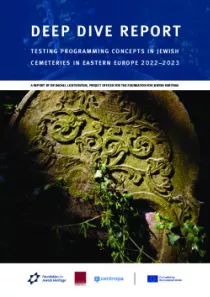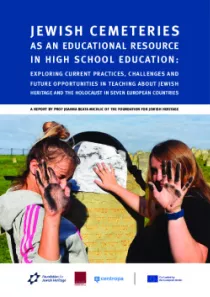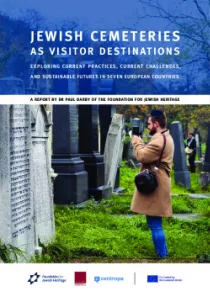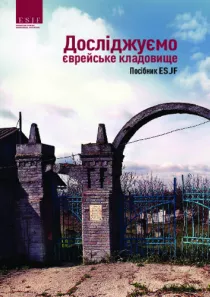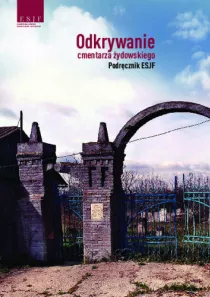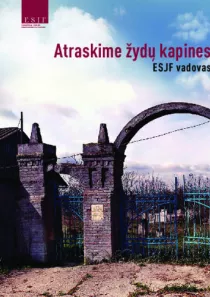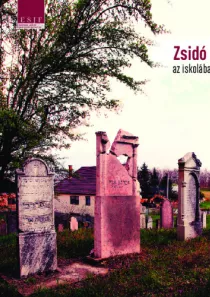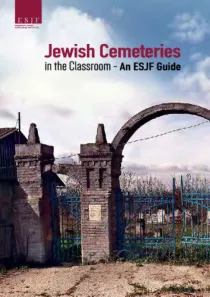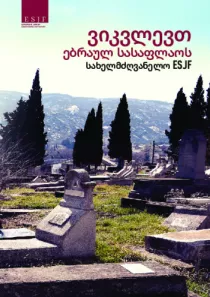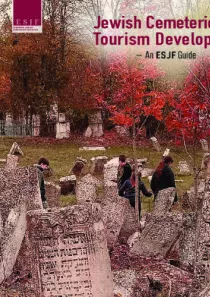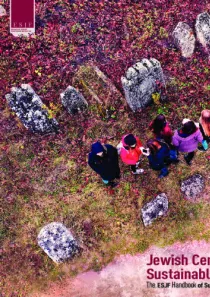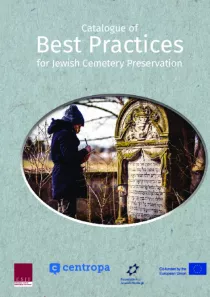Deep Dive Report (2023)
The Deep Dive programme of the Foundation for Jewish Heritage that Dr Rachel Lichtenstein has expertly coordinated is part of an unprecedented initiative by the European Union to preserve and promote awareness of the hundreds of Jewish cemeteries across seven countries in Eastern Europe being implemented by three consortium partners - the Foundation for Jewish Heritage, the European Jewish Cemeteries Initiative, and Centropa.
Jewish Cemeteries as an Educational Resource in High School Education (2023)
This report of the Foundation for Jewish Heritage by Prof Joanna Michlic is part of an unprecedented initiative by the European Union to preserve and promote awareness of 1,700 Jewish cemeteries from seven countries in Eastern Europe, which is being implemented by three consortium partners - the Foundation for Jewish Heritage, the European Jewish Cemeteries Initiative, and Centropa.
Jewish Cemeteries as Visitor Destinations (2023)
The Foundation for Jewish Heritage was tasked with assessing how historic Jewish cemeteries are currently being promoted in Georgia, Hungary, Lithuania, Moldova, Poland, Slovakia and Ukraine, and what the potential of Jewish cemeteries as visitor destinations is in these seven focus countries through a variety of lenses.
Jewish Cemeteries in the Classroom (2020)
This manual provides a unique guide to exploring Jewish cemeteries in the classroom environment. With sections on Hungarian Jewish heritage, guides to interpreting tombstones and leading cemetery expeditions, and practical exercises, it contains all the tools necessary to help students engage with their local Jewish heritage in a meaningful way.
Guided Tours in the Jewish Cemetery (2020)
Tourism can play an important role in the long-term preservation of a heritage site, bringing with it attention, renewed interest in the site’s operation, and increased funding, but it also has its pitfalls, particularly with sites of religious significance, or those which evoke complex histories – and Jewish cemeteries are both.
Jewish Cemeteries and Sustainable Protection (2020)
Written by experts in the field of heritage preservation, this handbook addresses the social and economic challenges for sustainable heritage management, focusing on Jewish cemeteries specifically. It examines solutions and useful examples from a range of countries, hoping to offer insights to activists, NGO workers, municipal authorities and the general public.
Catalogue of Best Practices for Jewish Cemetery Preservation (2021)
This catalogue, produced by ESJF European Jewish Cemeteries Initiative, Centropa, and Foundation for Jewish Heritage with the support of the European Commission, provides an extensive guide to Jewish heritage preservation initiatives from across nine countries, from small-scale interventions by local residents to transnational partnerships. By examining these success stories, we can take valuable lessons, and begin to establish a framework for best practices for the long-term, sustainable protection of Jewish cemeteries across Europe.

